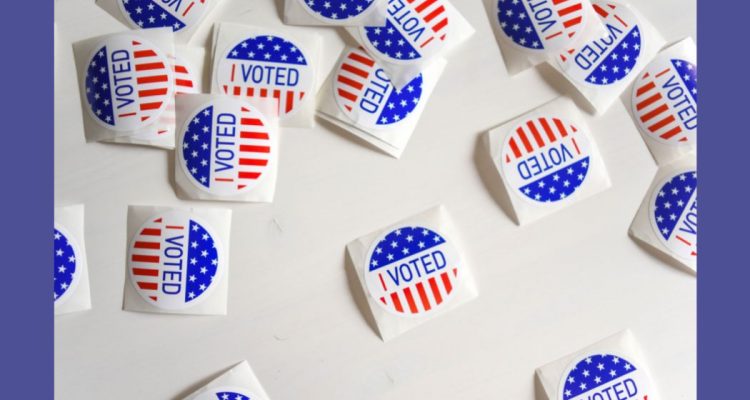A few weeks back, I wrote a piece encouraging those in our campus community to vote because the votes of young people make a difference. If this midterm election cycle proved anything about the future of American politics, it is that I was right.
The national average turnout for voters 18-29 was 27%, up significantly from the average of roughly 20% from 1994-2014. In the nine most electorally competitive states (Florida, Georgia, Michigan, North Carolina, New Hampshire, Nevada, Ohio, Pennsylvania and Wisconsin) the average voter turnout for this demographic was 31%. In the most competitive races, young people were showing up to make their voices heard.
And it’s no surprise that Generation Z showed up to the races that matter most this year. Polls have indicated that when asked if they support more or less government intervention to solve problems Gen Z has overwhelmingly expressed faith in the power of government to provide solutions. 70% of Gen Z believe the government should be doing more to solve problems, compared to only 64% of Millennials and 49% of Boomers. Gen Z has a passion for political action, and they took it to the voting booths this year.
Democrats across the country have been attributing their success in these midterms to the Gen Z turnout, as younger voters overwhelmingly backed Democrats in this year’s elections. Across the Senate, House and Governors races young voters were making a difference.
In the Pennsylvania and Georgia Senate races, voters 18-29 broke for Democrats by double-digit margins. In Pennsylvania, they preferred Democrat John Fetterman over Republican Dr. Oz 70% to 28% respectively. In Georgia, the younger vote broke for incumbent Democrat Senator Warnock 63% to 36%. This age group represented the largest divide between the parties.
Gen Z also showed up for governor’s races this election as they supported incumbent Michigan Governor Gretchen Witmer by a margin of 29 points. They also supported incumbent Wisconsin Governor Tony Evers by a whopping 40 points, once again representing the age group with the largest divide between the parties.
Florida was the state that arguably saw the closest thing to a “red wave” in this election cycle. Senator Marco Rubio and Governor Ron DeSantis both ran away with their reelection campaigns with 57.7% and 59.4% of the vote respectively. In their House races, Representative Matt Gaetz commanded 67.9% of the vote in his reelection bid. Republicans took 20 of the 28 open house seats in the state.
But even in a state that proved itself to be a Republican stronghold in this election cycle, the Democratic youth vote showed up. Florida’s 10th congressional district sent 25-year-old Democrat Maxwell Alejandro Frost to the House of Representatives, making him the first member of Gen Z in Congress.
Right now Gen Z makes up only about 10% of the electorate, but that number is growing every year as new voters turn 18. Gen Z has already increased its raw vote total by 289% from the 2020 election. And that number is only on the rise. The influence of young people is growing, and so is our potential to shape future elections.
Now, whether you’re excited about the candidates that Gen Z helped get elected this cycle or not, you can’t deny that Gen Z had a major effect on the outcomes of the midterm elections. Next time election day rolls around, remember the impact that young voters had on these elections and remember that your vote matters.


Leave a Reply